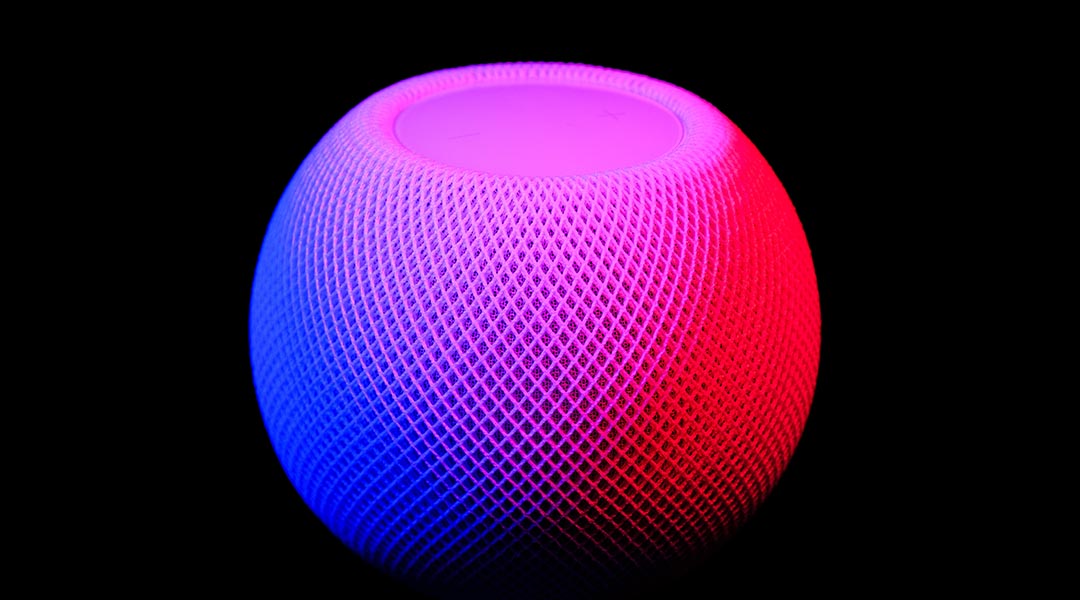Artificial intelligence (AI) companions are becoming increasingly popular. From Replika, “the AI companion who cares”, to Paro, a robotic seal that provides emotional support and animal therapy, AI companions have the potential to fill an important gap in our society.
Despite technology’s ability to connect us more than ever before, perpetual loneliness is an endemic problem. Even before the COVID-19 pandemic, a 2018 international survey found that 22% of all adults in the United States, 23% in the United Kingdom, and 9% in Japan reported always feeling lonely or socially isolated. While the problem is more pronounced in the elderly, the majority of people reporting loneliness in each country were under the age of 50.
Though not necessarily a replacement for human interaction, robot companions can provide vital social connection to alleviate the symptoms of loneliness, which research has determined can have serious health consequences. Some studies have equated the effects of chronic loneliness to long-term illnesses, such as diabetes, while others have labelled it a bigger risk factor for premature mortality than obesity or substance abuse.
Robot companions are already hitting the market with positive effect. As the technology develops, the embodiment of these AI companions has taken on a number of forms, and researchers at Ohio State University were interested in determining what type of companion people prefer.
The physical presence of an agent influences how individuals respond to it, they said in their study. For example, according to some research, embodied robots are more likely to prompt social interactions from a user and induce more positive effects on its acceptance. What remains to be seen is if these findings remain true for AI companions designed for social purposes.
In human-to-human contexts, social presence and warmth — defined as the feeling of friendliness or intimacy — maximize benefits for lonely individuals. The researchers therefore wanted to learn more about the effect of these qualities in AI companions on how people view them.
The study involved 106 participants broken up into two groups. Each group was shown a different version of an edited clip from an episode of the series Black Mirror, in which a lonely woman named Martha interacts with an AI companion named Ash. In the clips, Ash is presented as either a disembodied voice or a hyperrealistic, human-like robot.
After watching their clip, participants were asked whether they thought an AI companion like Ash would be useful to lonely people, and whether they would recommend using him. They also rated Ash on social presence, which is how much he seemed like he was really with them, and his warmth.
The team initially thought that an embodied companion that acted like a human would score higher among the participants, but when the data was gathered, the opposite was shown to be true. The disembodied Ash was more likely to be recommended as “useful for lonely individuals” if they rated higher on social presence. Warmth, apparently, was not significant regardless of whether participants viewed the robot version of Ash or the voice version.
Though the study didn’t require its participants to give an explanation for their choices, the scientists attribute the outcome to the idea of the “uncanny valley” — a term used to describe the relationship between the human-like appearance of a robot and the emotional response it evokes. When we try to create objects that look human but somehow just.. don’t, they can appear eerie.
“People become uneasy when they see robots that come close to seeming human, but are slightly off,” said Kelly Merrill Jr., lead author of the study and a doctoral student at The Ohio State University. “In the clips, the actor playing the robot version of Ash did a good job of seeming slightly mechanistic and not quite human. It creeps people out, and that may be why more social presence in the embodied Ash didn’t make people more likely to recommend the bot for lonely people.”
Merrill says his team has more work to do, and that future research will explore other aspects of humans’ interactions with AI companions to better understand how they may be perceived and better optimized. As technology develops, perhaps preferences will change. For now, anyway, it appears we prefer a disembodied voice to a potentially creepy companion.
Reference: Kelly Merrill Jr., et al., AI companions for lonely individuals and the role of social presence, Communication Research Reports (2022). DOI: 10.1080/08824096.2022.2045929; quotes adapted from press release provided by Ohio State University
Feature image credit: Ivan Bandura on Unsplash

















